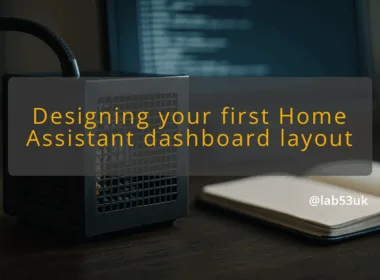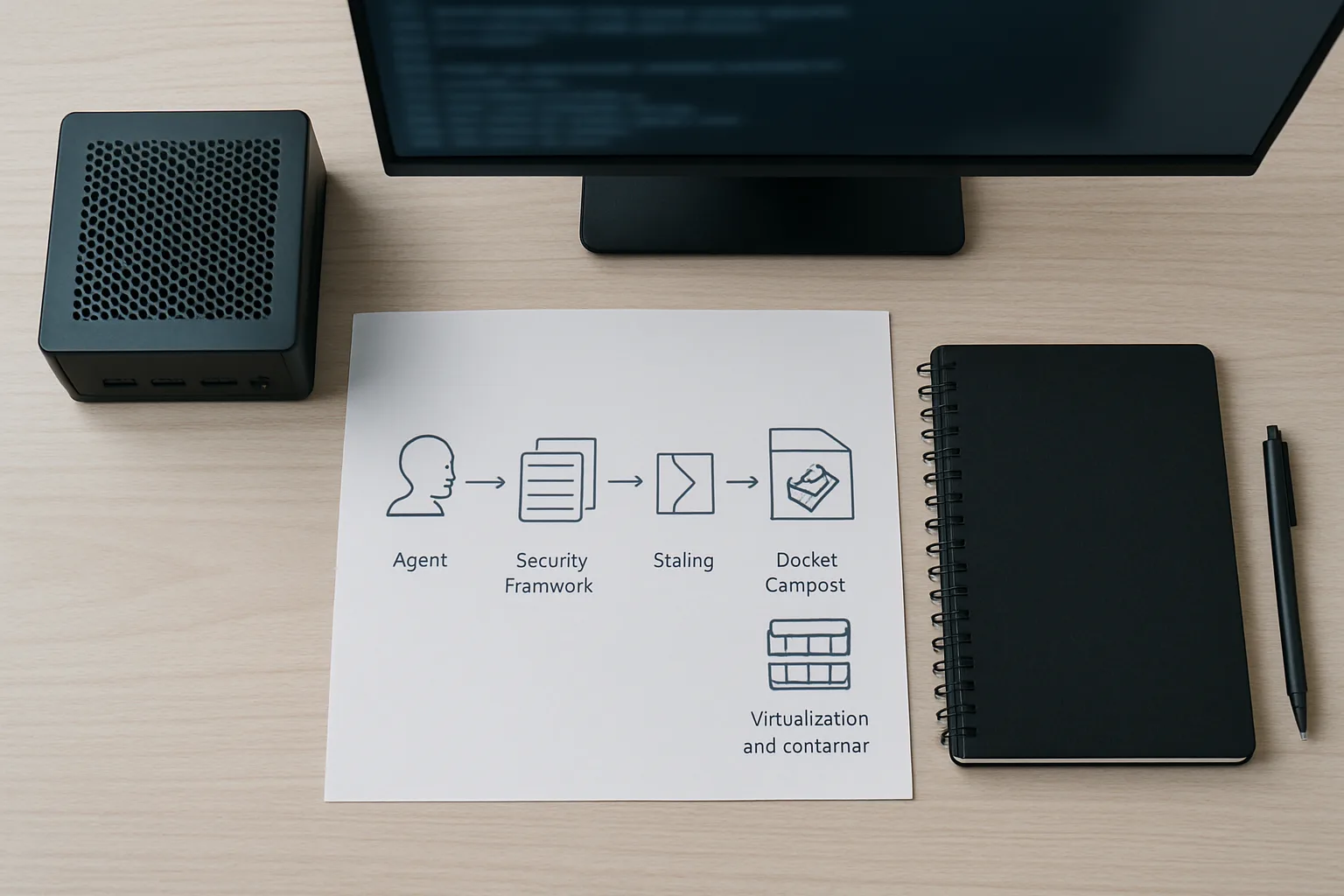Building an Agentic AI Security Framework: Key Considerations for UK Enterprises
Agentic AI changes the security rules. These systems act, decide and learn with minimal human input. That raises new security risks that simple perimeter controls do not catch. I write this for people who run infrastructure or pick tools and must harden autonomous systems without buying hype.
I focus on practical controls. I give concrete examples you can test and short checks you can add to existing processes. I use plain language and leave the buzzwords out.
Map the agent’s attack surface and threat model
Start by treating each agent as a service with capabilities. List what it can read, what it can change, which systems it can call and which credentials it holds. That list becomes your attack surface.
Inventory capabilities
- Network access: which internal APIs and external endpoints can the agent reach?
- Privileges: can it rotate secrets, create users, or deploy code?
- Persistence: where does it store long-term state? File store, database, or object storage?
- Learning channels: does it accept external data for on-the-fly retraining?
Concrete examples
- An agent that can push code to CI/CD needs a strict, limited deploy token. Do not give it full repo admin rights.
- An agent that queries HR data should have a read-only view with column-level filtering on personal identifiers.
- An agent that calls external webhooks must be forced through a proxy so you can log and throttle requests.
Threats to model
- Confused deputy attacks where the agent is tricked into performing an action on behalf of an attacker.
- Prompt-injection and data poisoning if the agent accepts free-form input or external plugins.
- Privilege escalation when temporary tokens are requested and not revoked.
- Lateral movement from networked agent hosts into internal services.
Quick checks
- Run a capabilities audit: map each agent to the minimal set of network endpoints and credentials it needs.
- Simulate a compromised agent: revoke its token and confirm fail-safe behaviour.
- Probe prompt channels with malicious payloads to test input sanitisation.
Design decisions
- Adopt least privilege by default. Tokens must be scoped tightly and have short lifetimes.
- Keep agent state immutable where possible. Immutable snapshots simplify forensics.
- Force all outbound traffic through an egress control point. That lets you apply allow-lists and logging.
Controls, governance and operational hardening for UK enterprises
Defend the entire lifecycle. That means design-time constraints, runtime controls, and post-incident investigation. Put governance frameworks in place that bind technical controls to roles and audits.
Technical controls
- Credential handling: store secrets in an HSM or cloud KMS. Do not hard-code secrets in agent code or containers.
- Capability sandboxing: run agents in restricted runtimes. Use OS-level namespaces, seccomp filters, or purpose-built agent sandboxes. Limit syscalls and file system access.
- Network-level policies: enforce zero-trust access between agents and backends. Use identity-aware proxies and service meshes to authenticate calls.
- Behaviour containment: implement circuit breakers. If an agent exceeds defined patterns—burst requests, unexpected external hosts—kill the flow and alert a human reviewer.
- Rate limiting and quotas on actions that materially change state. Limit the blast radius.
Operational practices
- Human gating: require a human approval step for high-impact actions. Make approvals auditable and time-bound.
- Canary and staging gates: run agents first against synthetic or scrubbed data. Measure decisions against expected outcomes before promoting to production.
- Monitoring and observability: collect structured logs for prompts, decisions and API calls. Correlate prompts with downstream actions for traceability.
- Canary tokens: plant decoy resources that trigger alerts if agents try to access them. That gives an early signal of malicious behaviour or drift.
Governance frameworks and process
- Role definitions: separate the authoring of agent prompts from the approval of permissions. One person writes prompts; another reviews access scopes and deployment.
- Change control: require a documented risk assessment for agents that can act on critical assets. Keep versioned artefacts: prompt versions, policy versions, and model snapshots.
- Incident playbooks: define the steps to quarantine an agent, revoke credentials, replay logs and restore services. Practice the playbook with tabletop exercises.
- Audit trails: ensure all approvals and deployments are logged and retained. Keep at least the level of detail required for compliance checks.
Concrete controls you can implement in weeks
- Enforce short-lived credentials via an identity broker. Rotate tokens every few minutes for autonomous agents that act without human presence.
- Add a prompt filter at the gateway. Block or flag prompts that request credential exfiltration, lateral movement or code execution.
- Run a simple canary: create a fake API endpoint and monitor agent access. If hit, trigger an automated revocation and an incident ticket.
Testing and verification
- Use adversarial testing. Feed malicious prompts and malformed data to agents and measure responses.
- Continuous validation: run decision audits on a rolling sample of actions. If drift exceeds thresholds, withdraw production access.
- Post-incident forensics: capture memory and filesystem snapshots from the agent host and preserve model and prompt state. That speeds root-cause analysis.
Final takeaways
Agentic AI demands a shift from perimeter thinking to capability control. Treat agents like privileged services. Limit what they can do, log everything they do and build fast kill switches. Enforce human gates for high-risk actions and use sandboxing plus short-lived credentials to reduce blast radius. Keep governance tight: document roles, version prompts, and practise incident playbooks. Those steps make an Agentic AI Security Framework you can apply without buying endless tools.









